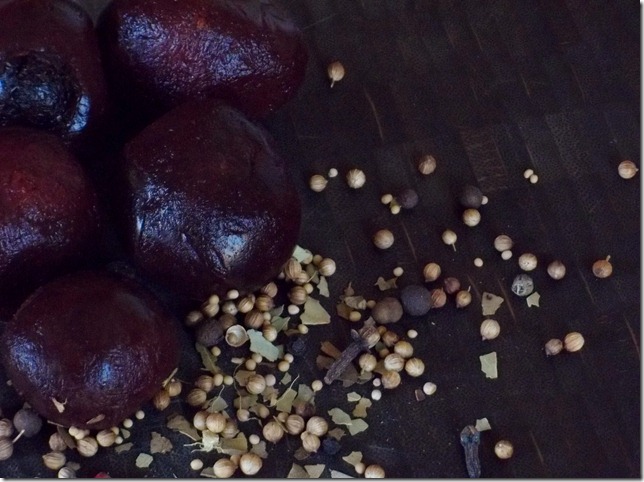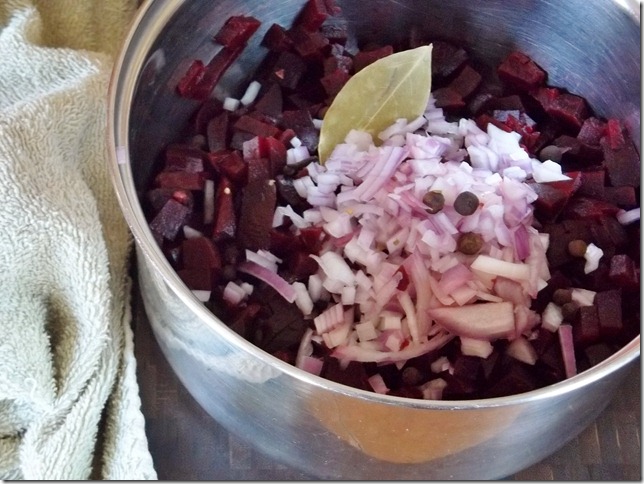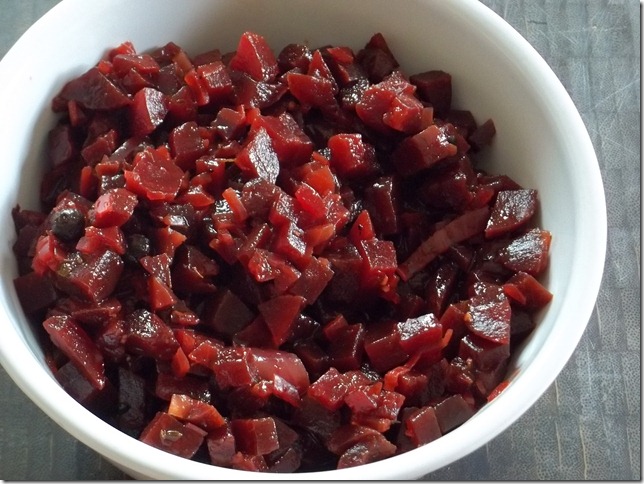

I’m admittedly a bit of a Japanophile. In my spare time I love to study Japanese arts and I have followed Buddhism since my teens when I first read the poems of Gary Snyder and learned about The Lotus Sutra from reading Jack Kerouac’s Dharma Bums. The more I learn about Japanese aesthetics and culture, the more I want to immerse myself in the language, crafts and cuisine. So when I recently visited Chicago’s Chinatown I had to pick up some mochiko, or sweet rice flour, to make my favorite Japanese confection, daifuku.
Daifuku literally means “great luck” in Japanese and it consists of a chewy mochi cake stuffed with sweetened adzuki bean paste (anko). I have only ever had pre-packaged, artificially colored daifuku, so I was excited to try an authentic homemade version.
I started with a basic mochi recipe that I found at About.com, and added a few tweaks.
The origional recipe can be found here.
Strawberry Matcha Daifuku Ingredients:
For filling:
- 1 1/4 cups adzuki beans (or 1 14 oz can)
- 1 cup sugar
- 1-2 Tblsp cocoa
- ½ tsp vanilla extract
- katakuriko (potato starch) or corn starch for dusting
For Mochi:
- 1 cup mochiko (glutinous rice flour)
- 1/4 cup sugar
- 2/3 cup water
- 1/2 tsp sea salt
- 1 tsp matcha powder
Preparing the anko paste was by far, the toughest part of this recipe. I couldn’t find a pre-made anko paste, so I decided to make mine from canned adzuki beans. I must not have drained the beans completely, because when I put them on the stovetop and added the sugar, vanilla and cocoa (it should also be noted that cocoa and vanilla are not traditionally added to anko, I added them to mine because I adore chocolate and I found that the chocolate and vanilla added a wonderful depth of flavor) it quickly turned into adzuki bean soup. I mashed the beans into a fine paste until my upper arm muscles were bursting, but still the mixture was very, very watery. Anko paste should be thick, the texture of putty or clay. I wound up stirring my anko on medium heat for about 40mins until the water evaporated and it thickened enough to handle. Even still, it was simply too sticky. Unfortunately for me I didn’t have any extra adzuki beans to thicken the paste with, so I had to suck it up and deal with my sticky anko.

Once the anko was prepared, I rolled the paste into balls and refrigerated until firm.

If I had to do it again, I would make the anko the night before and give myself more time to make sure it reaches the right consistency. My filling turned out quite lumpy and it made coating my strawberries impossible. All of the instructions I found online said to make a “patty” from the anko ball, place the strawberry in the center of the patty and fold the paste over. However this just didn’t work for me. To begin with, some of my strawberries were a little moist and this made the anko slip right off the berry. I had to pat all of the strawberries dry and even then, my very sticky, lumpy anko would not adhere. I was frustrated, but eventually I got a few strawberries covered.

Once the strawberries were wrapped, I returned them to the refrigerator and let them chill.

Mochiko sweet rice flour for mochi.

The next step was to prepare the mochi dough. This was the easiest task in the entire endeavor, especially because it only required combining the ingredients and microwaving. I could have steamed the mochi on the stovetop, but microwaving is more convenient and doesn’t effect the texture or flavor of the finished product.

Beautiful matcha powder, the main flavoring in my mochi dough.


Matcha mochi dough before cooking.

I Combined the mochiko, matcha, sugar, salt and water and stirred until incorporated. I covered the bowl with plastic wrap and microwaved on high for three to five minutes.
The mochi dough was very sticky once cooked. Watch out because the sticky, burning hot mochi dough will cement itself to your hands if you don’t dust the dough with potato starch first. I learned this lesson the hard way and I have the blisters to prove it.
I divided the dough into 10-12 pieces. You really have to work quickly with the mochi as it hardens and becomes rubbery as it cools.

I formed the dough into balls and coated with potato starch.
Next comes the hard part, assembling the daifuku. I thought this would be relatively simple, but I was soooooo wrong. To “fill” the mochi cakes, I did exactly what I did with the anko, flatten the mochi dough into a small pancake and placed it in the palm of my hand. Next, I put the anko-wrapped strawberry in the center and pulled up the edges of the mochi, pinching along the top. I struggled with getting my mochi to cover the strawberry and anko paste kept squirting out the side of my mochi ball. I also had trouble getting my mochi to flatten, the center would be very thin and the edges very thick, resulting in holes at the bottom where anko paste would then leak through. I can see how making daifuku takes a lot of practice and patience.


The final product was probably not as smooth and pretty as I would have liked it, but how did it taste? AMAZING! Really, the daifuku turned out wonderfully delicious. The mochi had a perfect chewy texture and a balanced green tea flavor. The anko paste was a bit gooey, but very sweet and complimented the fresh strawberries.
It took a lot of time, trial and error (probably too much error), but I somehow managed to pull it off.


































